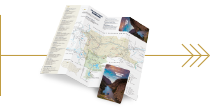10 Frequently Asked Questions About Yellowstone National Park
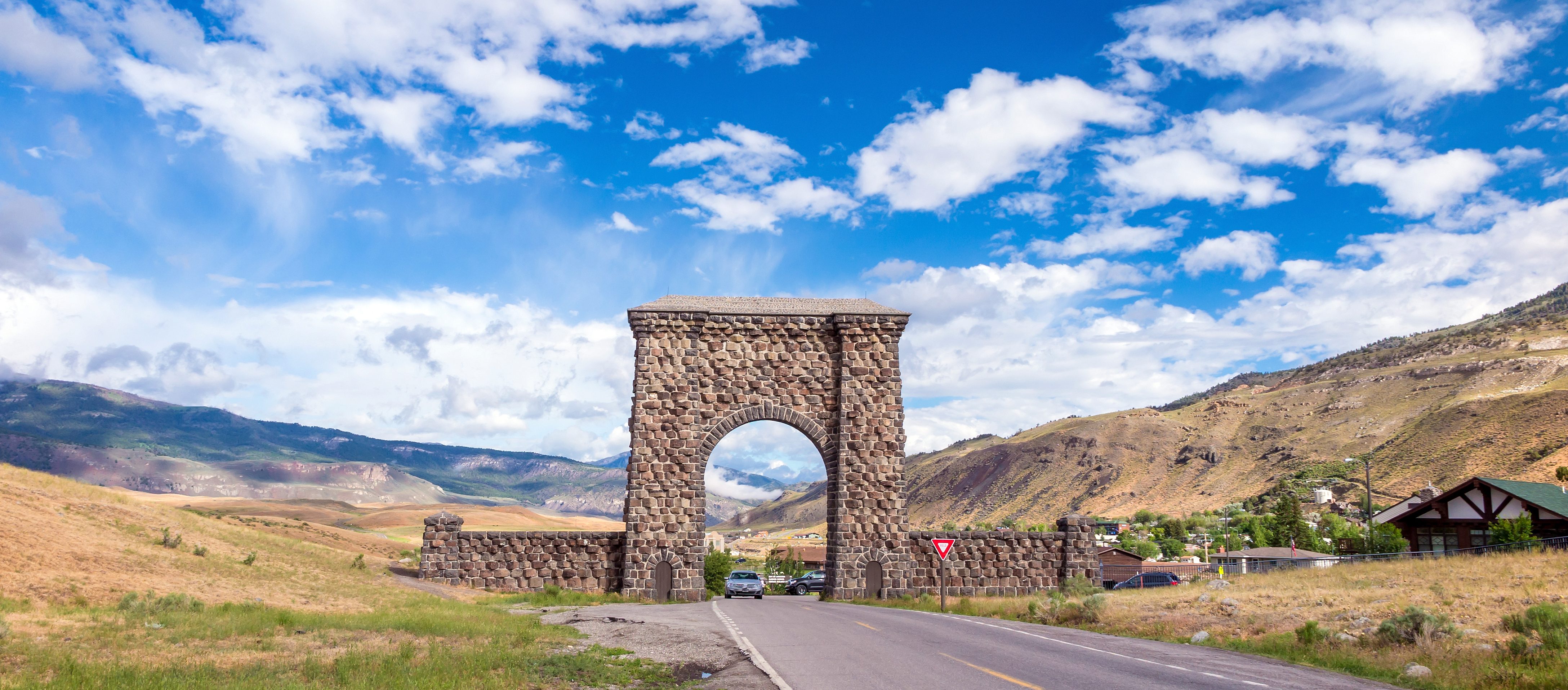
The allure of Yellowstone National Park is undeniable. These 2.2 million acres hold the majority of the world’s geysers, are home to a multitude of wildlife, offer endless recreation and some of the most beautiful landscapes in the nation. With so much to do, deciding to visit is easy. Narrowing down your itinerary is the hard part! To help you get started, here are some of the most common questions we’re asked.
How do I get there?
Three of the five entrances to Yellowstone National Park are located in Montana’s Yellowstone Country; they can be accessed through West Yellowstone, Gardiner and Cooke City, MT.
Arriving by Air:
Bozeman Yellowstone International Airport (BZN) is the busiest airport in Montana, with 32 nonstop flights from major cities. From Bozeman, the West entrance in West Yellowstone, MT is a 90-mile drive and the North entrance in Gardiner, MT is a 78-mile drive.
West Yellowstone Airport (WYS) offers seasonal flights from SkyWest Airlines (Delta Connection and United Express). Check the schedule here.
Arriving by Car:
West Yellowstone is accessed from Montana via U.S. 191 S. or from Idaho on U.S. 20 E.
Gardiner, MT is on U.S. 89 S. just off Interstate 90 in Livingston, MT.
Cooke City, MT can be reached by driving through the park during the winter, but in the summer, you can drive the not-to-be-missed Beartooth Highway from Red Lodge, MT.
Is the park open year-round?
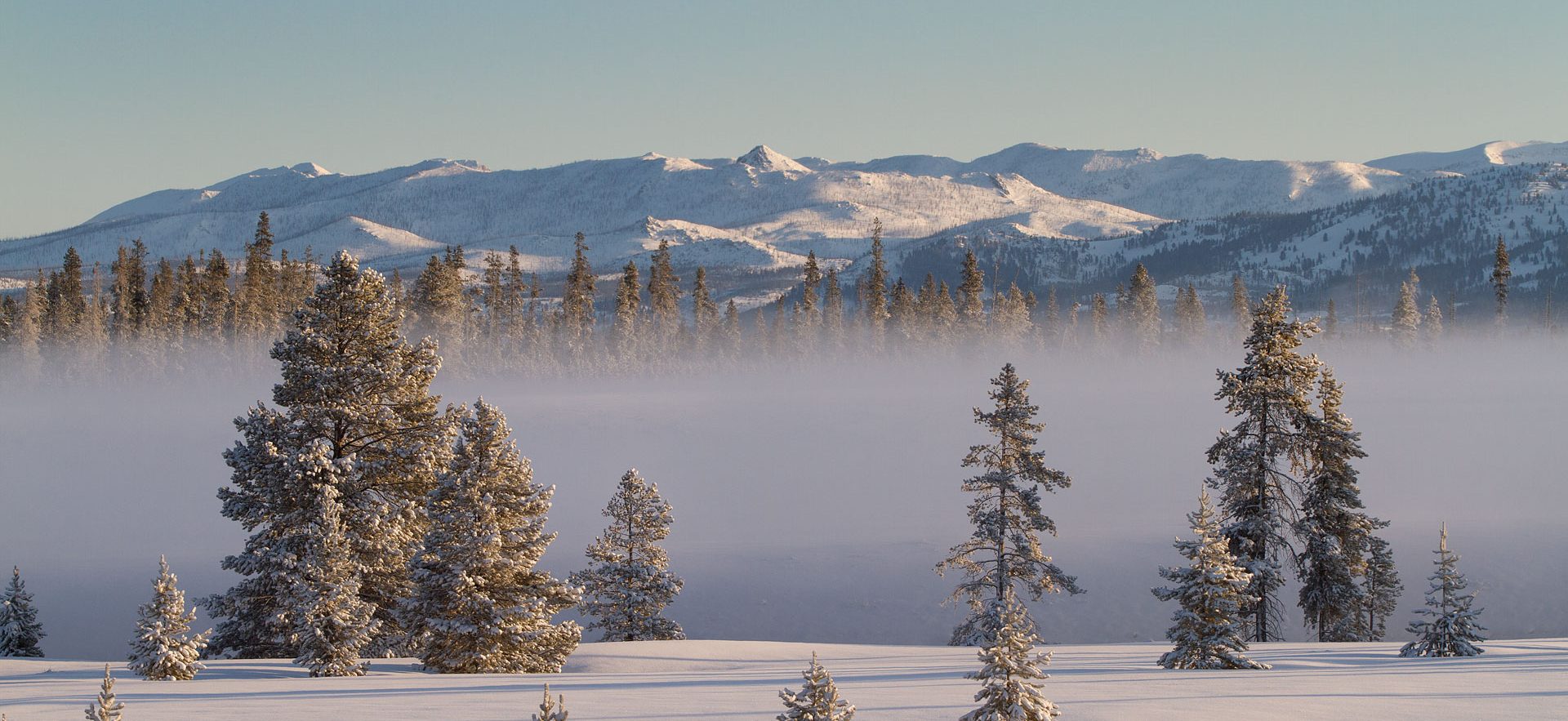
The park is open all year, but not all of the roads are open to motorized vehicles during the winter, which makes it a magical time to visit. Snowcoach and snowmobile tours are offered, and the steaming hot pots and geysers are even more dramatic against the cold wintry landscape. Fewer people visit in the winter, which gives it a different feel—the quietness is uncanny.
What animals can I expect to see?
While we can’t guarantee wildlife sightings, Yellowstone is home to the largest concentration of mammals in the United States, so your chances of spotting some are pretty good. There are 67 species of mammals living in the park, including black bears and grizzly bears. You will most likely see bison, elk, deer and possibly bears. For those willing to get up early, you may be lucky enough to spot a wolf.
Yellowstone is also home to nearly 300 species of birds, 16 species of fish, five species of amphibians and six species of reptiles.
Keep in mind, these animals are truly wild. Do not approach them. Stay at least 100 yards from bear and wolves, and at least 25 yards from all other wildlife. If you can cause the animal to move, you are too close.
Can you stay in the park?
Yes, and we highly recommend it! Immersing yourself in the essence of the park gives a whole different perspective. Taking the time to experience the area over a few days is well worth it. There are nine lodging options in the summer, ranging from the most famous Old Faithful Inn to rustic cabins, or one of the renovated rooms in the elegant Lake Yellowstone Hotel.
Not your average campground, campsites in Yellowstone are surrounded by open spaces and beautiful vistas. There are 12 campgrounds throughout. Five can be reserved in advance and the rest are first come, first served. (Most sites won’t accommodate oversized units, so check the size of your camper or RV in advance.)
Experienced backpackers will love the Yellowstone experience. There are designated backcountry sites, some with fire pits and food storage poles. All backcountry campsites require a permit and reservations can be made in advance. It’s important to have clear knowledge of backcountry camping and bear safety.
In winter, there are two lodging options within the park; Mammoth Hot Springs Hotel and Cabins and Old Faithful Snow Lodge and Cabins.
For more information:
What can I do besides scenic driving?
Simply put, a lot. While scenic drives, photography and wildlife watching are the most popular activities in the park, exploration is endless. Adventurers can hike, fish, bike, horseback ride and boat. For those who prefer a more educational experience, sign up for a Ranger Program or seasonal talks. Yellowstone also offers a number of youth programs and activities.
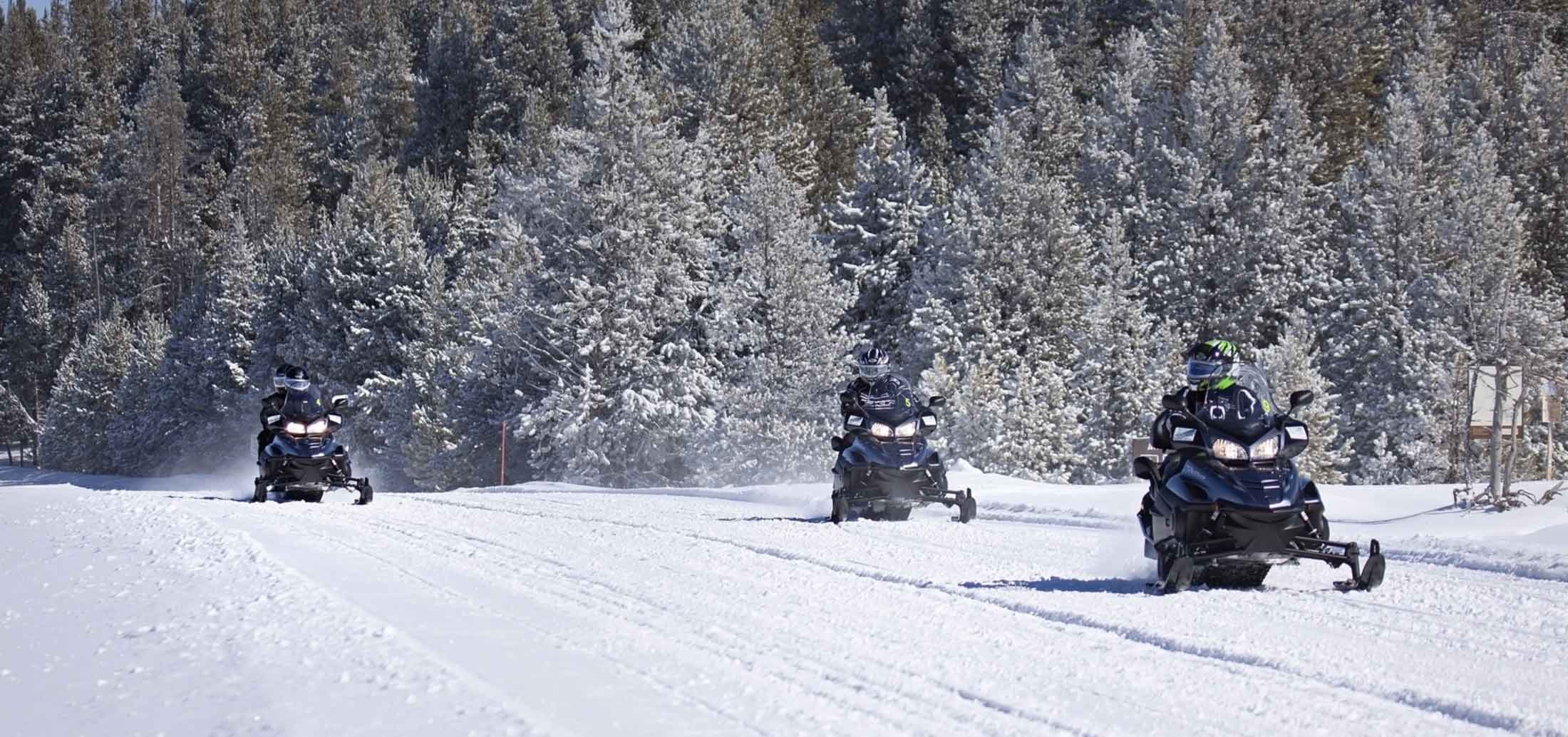
During winter, snowcoach and snowmobile tours are a great way to learn about the area. If you’re looking for a little more solitude, the Nordic skiing and snowshoeing are amazing.
Can I get food, gas and supplies inside the park?
Gas, snacks and restaurants are all available within the park, but there is not a full-service grocery store. Gas pumps are available at Canyon, Fishing Bridge, Grant Village, Mammoth
Old Faithful and Tower Junction.
You’ll be pleasantly surprised with the food in Yellowstone. There are a variety of restaurants at each lodging location. These restaurants offer more than the traditional steak and potatoes; you’ll enjoy healthy, locally sourced and seasonal cuisine. Restaurants partner with local producers to create dishes like Pistachio Parmesan-Crusted Trout and a Vegan Breakfast Bowl.
Does the park have cell service and internet connections?
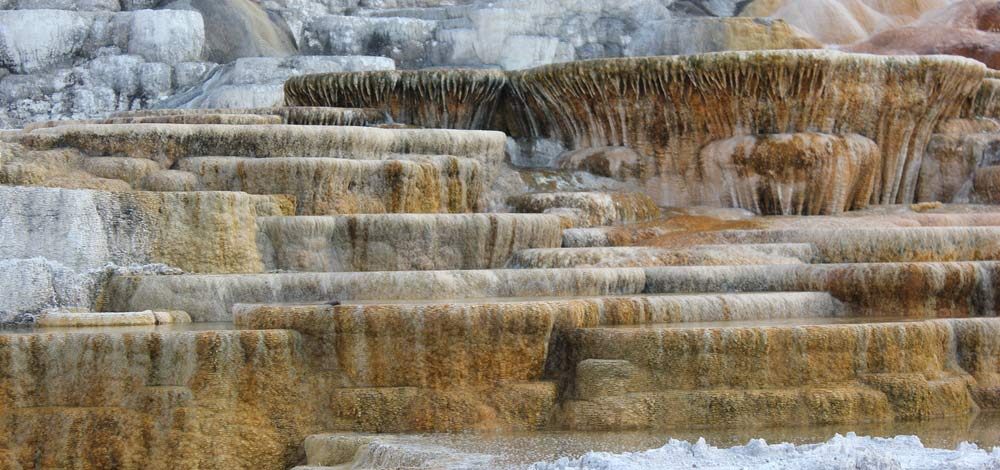
Cell phone service is limited, but available at Old Faithful, Yellowstone Lake, Canyon, Grant and Mammoth Hot Springs Villages. Wireless internet can be purchased at select locations within these area lodges.
Can I bring pets?
Yes, you can bring your pet, and if you are staying in the park, the cabin accommodations allow for this. However, there are restrictions to consider. Wildlife is dangerous and pets must be kept on a leash at all times. Pets are not allowed on trails or boardwalks, in the backcountry or in thermal areas. You must not leave your pet unattended or tied to an object. If you’re headed into the backcountry, a permit is also required for your pet. We’re not saying don’t bring them, but it may not be as much fun for your furry loved ones as it is for you.
What kind of clothes should I bring?
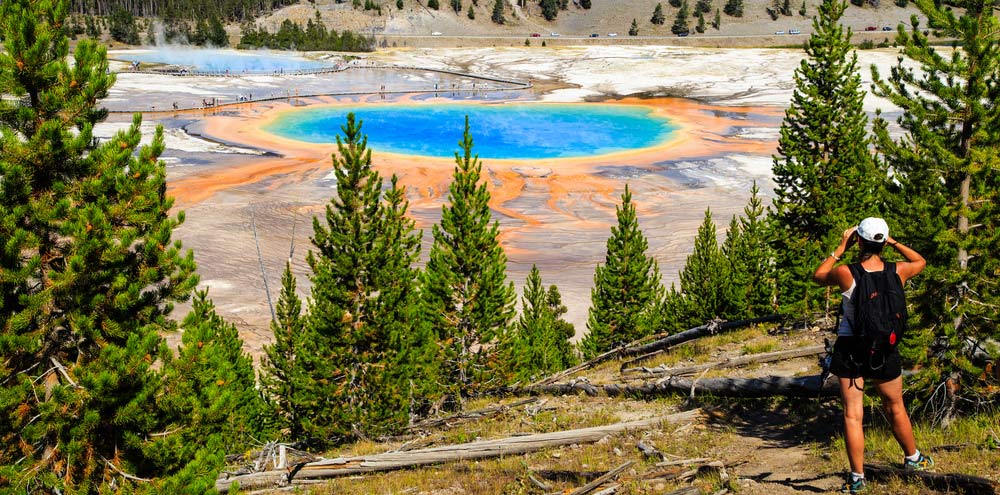
Weather changes rapidly in the Rocky Mountains, so plan to bring a variety of layers. Spring and fall weather can turn from warm sunshine to a small snowstorm in the same day. Summer days average 70 – 80 degrees, but temperatures drop to 30 – 40 degrees at night. Afternoon thunderstorms are common. It may seem out of season, but hats and gloves are good to have on hand.
Winter temperatures vary depending on where you are in the park, but generally fall between zero and 25 degrees. If you’re doing an activity such as Nordic skiing, be sure to have layers so you don’t overheat.
Boots are a good idea any time of year, especially if you plan to do some exploring off the beaten path.
Do I need special licenses or permits?

In addition to entrance fees, certain activities do require a permit. Fishing, backcountry hiking and camping, boating, research and commercial photography all need a permit. A special permit must also be obtained for large gatherings such as weddings or other public assemblies.
Once you have a general idea of your plan, you’ll most likely have more questions. For complete information, go to National Park Service.
Happy trip planning!
